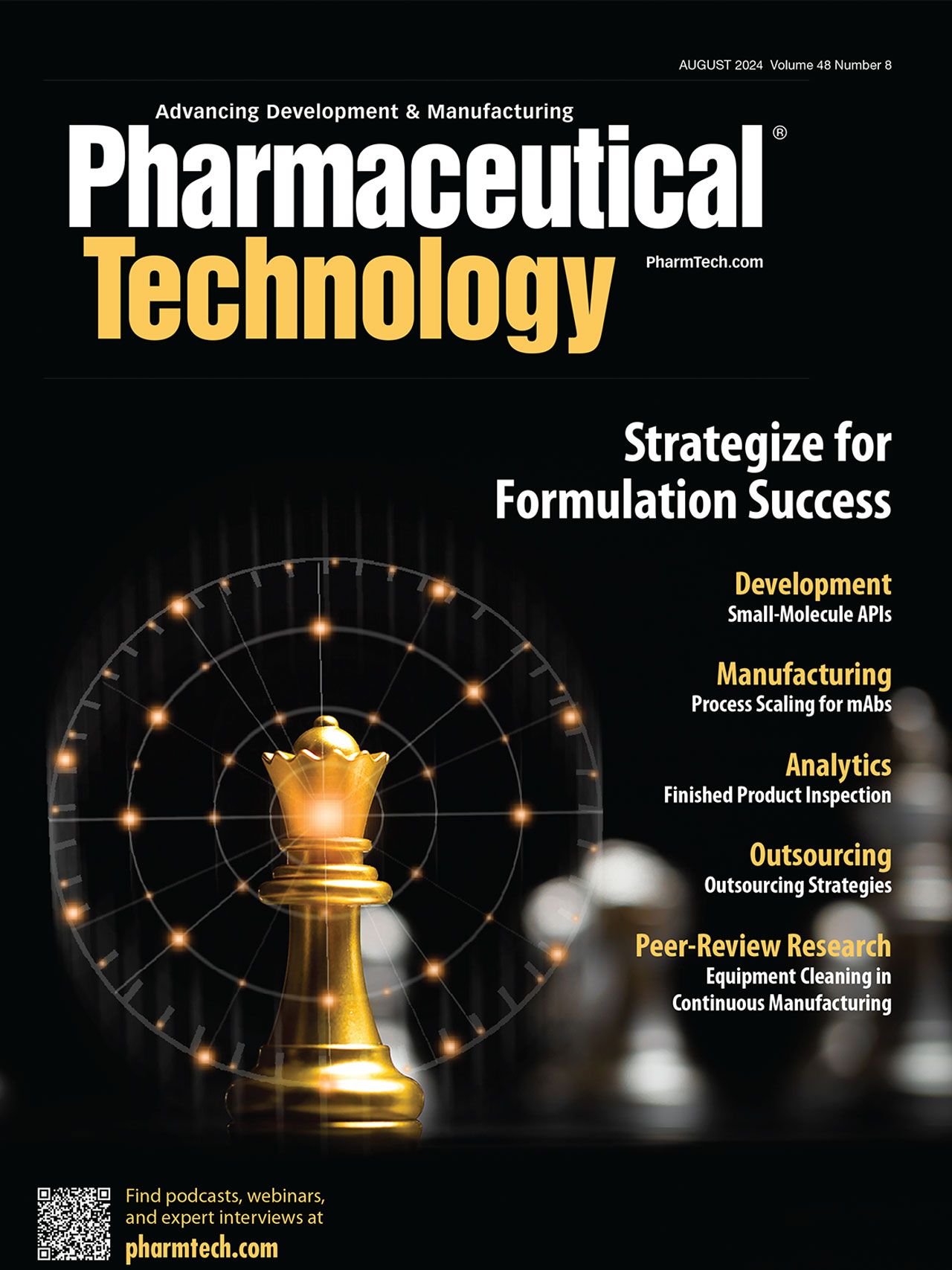Going Green: Updating Your Filings
The implementation of new quality control methods must be reported to regulators, says Susan J. Schniepp, distinguished fellow at Regulatory Compliance Associates.
Question mark background | Image Credit: © Leigh-Prather - © Leigh Prather - stock.adobe.com

Q: I am working on making our quality control test laboratory methods more sustainable and environmentally friendly. Do I need to let the regulatory authorities know I am undertaking this initiative?
A: This is a great initiative. Focusing on methods that minimize waste and eliminate the use of hazardous substances is in line with current industry and regulatory trends. Global regulatory authorities have long-term initiatives to encourage quality control (QC) laboratories to adopt sustainable methods within their companies. For example, the European Pharmacopoeia (Ph. Eur.) has an initiative to remove the rabbit pyrogen test from the Ph. Eur. by 2026.
While you don’t need to inform the regulatory authorities of the initiative during the feasibility phase of exploring alternative methods utilizing sustainable technology, you will need to inform them of your intent to implement these methods when you are ready to use them as your primary methods for evaluating excipients for manufacturing and for releasing the final product for patient use.
One strategy for implementing sustainable testing for monographed items is to submit your test procedure along with the appropriate validation and comparability results to the compendial authorities showing the new method to be equivalent or better than the current existing test method(s). If the compendial authorities adopt the new procedure as part of the official monograph, and, assuming you have indicated in your filing that you follow the current compendia(s), you can just implement the change, noting the adoption of the new compendial procedure in the annual report per Appendix B in FDA’s Guidance for Industry, CMC Postapproval Manufacturing Changes To Be Documented in Annual Reports, which states “Any change made to comply with the official compendium, except relaxation of an acceptance criterion or deletion of a test (see 21 CFR [Code of Federal Regulations] 314.70(c)(2)(iii))” (1).
The drawback to this approach is the unknown amount of time it may take the proposed change to work its way through the monograph revision process and become officially adopted. This approach could take years, and there is no guarantee that it will be successful because the global pharmacopoeias are not harmonized.
The filing requirements when implementing new test method changes to proprietary items can also be accomplished in an annual report, if you submit it as an alternate procedure according to the aforementioned document, according to the FDA guidance, which says, “For drug substance and drug product, the addition or revision of an alternative analytical procedure that provides the same or increased assurance of the identity, strength, quality, purity, or potency of the material being tested as the analytical procedure described in the approved application or deletion of an alternative analytical procedure. The appropriate validation and comparability results against the original procedure will still need to accompany the annual report” (1).
Sustainable product safety tests are straightforward to conduct, but, before implementing them, the company must make sure they are sufficiently validated and yield comparable results to the original method, in addition to notifying the relevant regulatory bodies.
Reference
1. FDA. Guidance for Industry, CMC Postapproval Manufacturing Changes to Be Documented in Annual Reports(CDER, March 2014).
About the author
Susan J. Schniepp is distinguished fellow at Regulatory Compliance Associates.
Article details
Pharmaceutical Technology®
Vol. 48, No. 8
August 2024
Page: 34
Citation
When referring to this article, please cite it as Schniepp, S.J. Going Green: Updating Your Filings. Pharmaceutical Technology 2024 38 (78.

Transformations in Drug Development for Cell and Gene Therapies
March 28th 2025As a recognized leader in immunophenotyping for clinical trials, Kevin Lang from PPD discusses how spectral flow cytometry is transforming drug development, particularly in cell and gene therapies like CAR-T. He also dives into his award-winning research, including his 2024 WRIB Poster Award-winning work, and his insights from presenting at AAPS PharmSci360.
Advancing Clinical Trials with Spectral Flow Cytometry: A Conversation with Kevin Lang
March 28th 2025As a recognized leader in immunophenotyping for clinical trials, Kevin Lang from PPD discusses how spectral flow cytometry is transforming drug development, particularly in cell and gene therapies like CAR-T. He also dives into his award-winning research, including his 2024 WRIB Poster Award-winning work, and his insights from presenting at AAPS PharmSci360.